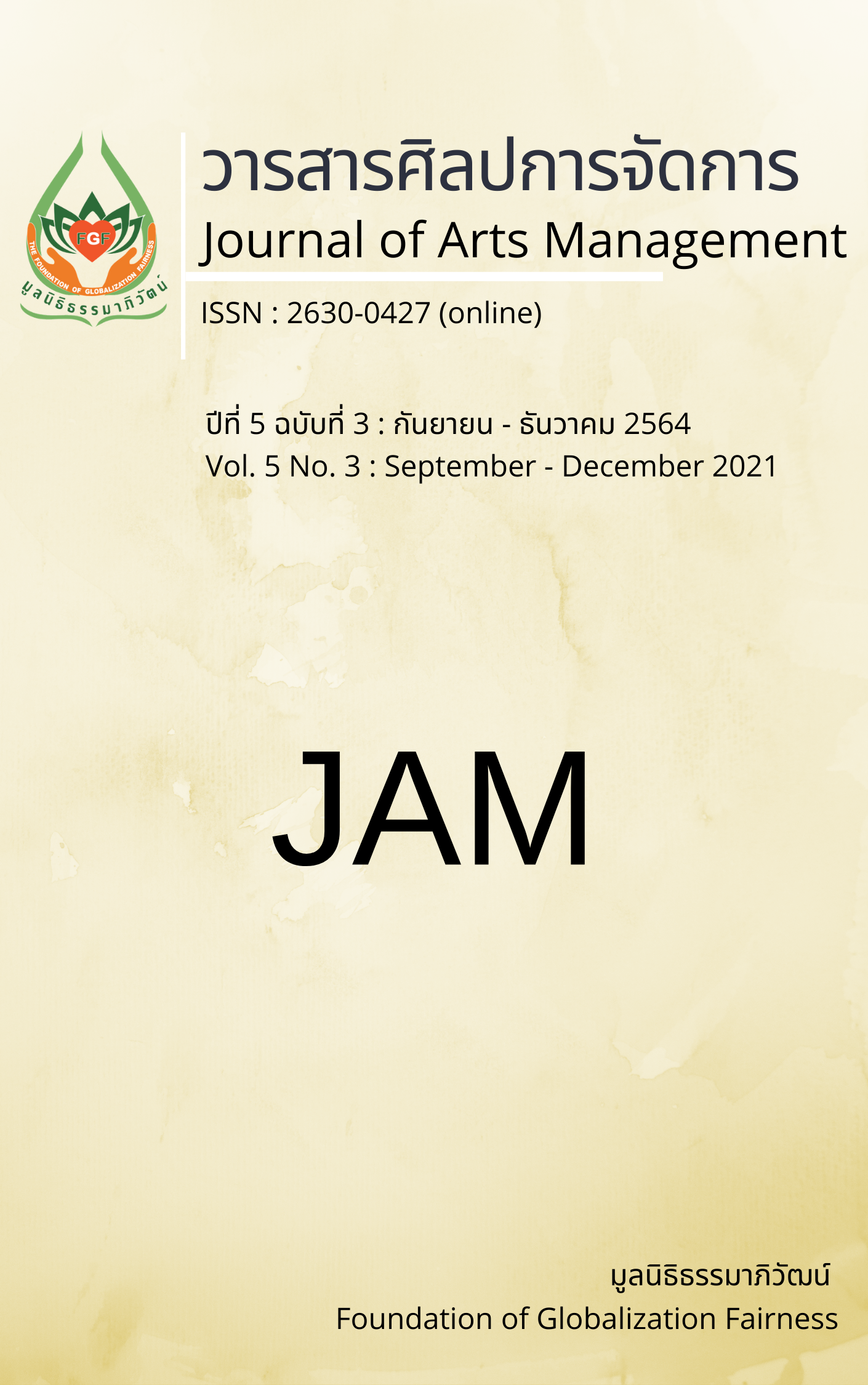The Student Discipline Enhancing in Secondary School
Main Article Content
Abstract
The purposes of this research were 1) to determine the components of enhancing student discipline in secondary school; and 2) to confirm the component of enhancing student discipline in secondary school. The samples consisted of the secondary school director in the Secondary Educational Service area under the Office of Basic Education Commission, Ministry of Education. The sample size was determined by Krejcie and Morgan’s Sample Size Table. The sample was obtained from stratified random sampling. The sample consisted of 331 respondents. The research instruments were the semi-structured interview, the opinionnaire, and the confirmatory questionnaire of the student discipline enhancing in secondary school. The data analysis statistics were frequency, percentage, arithmetic mean, standard deviation, exploratory factor analysis, and content analysis.
The research findings were as follows: 1. There were 4 factors of the student discipline enhancing in secondary school: 1) Strategy and policy composed of 8 sub-factors: (1.1) administrator vision, (1.2) leadership of administrator, (1.3) teacher maturity, (1.4) the supervision and monitoring, (1.5) the Strength information, (1.6) be good model, (1.7) communication, and (1.8) the creating strengthening; 2) Enhancing Process composed of 6 sub-factors: (2.1) management, (2.2) activities managing, (2.3) administrative strategy, (2.4) leadership, (2.5) evolution, and (2.6) school culture; 3) The school atmosphere; and 4) Cooperate Networking.
2. The student discipline enhancement in secondary school was verified with accuracy, propriety, feasibility, and utility.
Article Details
Views and opinions appearing in articles in the Journal of Arts of Management It is the responsibility of the author of the article. and does not constitute the view and responsibility of the editorial team I agree that the article is copyright of the Arts and Management Journal.
References
Best, J. W., & Kahn, J. V. (2006). Research in education (10th ed.). Pearson Education.
Chaibang, W. (2019). The maturity of being a teacher. Apichart Printing.
Chantharattana, W. (2020). Modeling the impact of student centered learning management and analytical thinking of Primary School Students in Bangkok Metropolitan Region. Journal of Multidisciplinary in Humanities and Social Sciences, 3(3), 419-436. https://so04.tci-thaijo.org/index.php/jmhs1_s/article/view/244553
Chayamarit, S. (2021). Human resource development to accommodate the public and private sector organizations in the digital age. Journal of Multidisciplinary in Humanities and Social Sciences, 4(1), 38-50. https://so04.tci-thaijo.org/index.php/jmhs1_s/article/view/244889
Detkhan, Y., Pienthunyakorn, S., & Wansaen, T. (2013). The multilevel factor effecting the moral of students in Northeast Elementary Schools. Journal of Education Khon Kaen University, 36(2), 94-170.
Likert, R. (1961). The human organization. McGraw-Hill.
Office of the Basic Education Commission. (2015). Guidelines for developing student identity for compulsory education using space as a base. Agricultural Cooperative Society of Thailand Printing.
Rerkkham, T., Kajornsin, B., & Kajornsin, S. (2015). Development of student discipline development model for schools under the Secondary Educational Service Area Offices in Bangkok. Journal of Education, Mahasarakham University, 9(Special), 169-184.
Somdet Phra Buddhaghosacariya (P. A. Payutto). (2017). The unheralded value of the Vinaya: The Buddhist Teachings on Social Discipline. Palidham.
The Secretariat of the Education Council. (2018). Handbook for enhancing student discipline in basic education institutions on responsibility and punctuality. Prikwarn Graphic.


